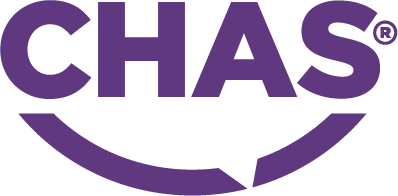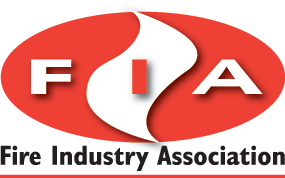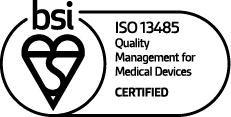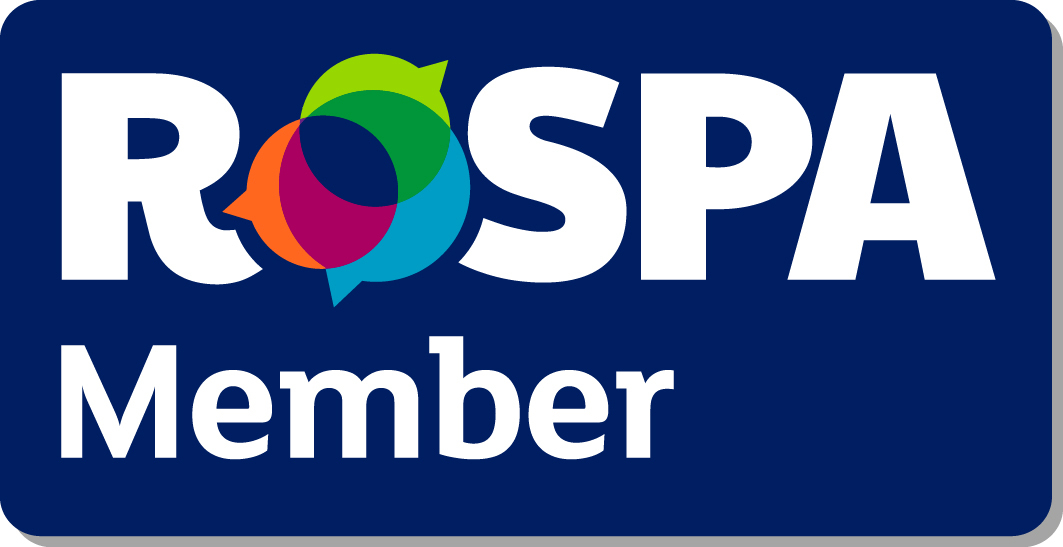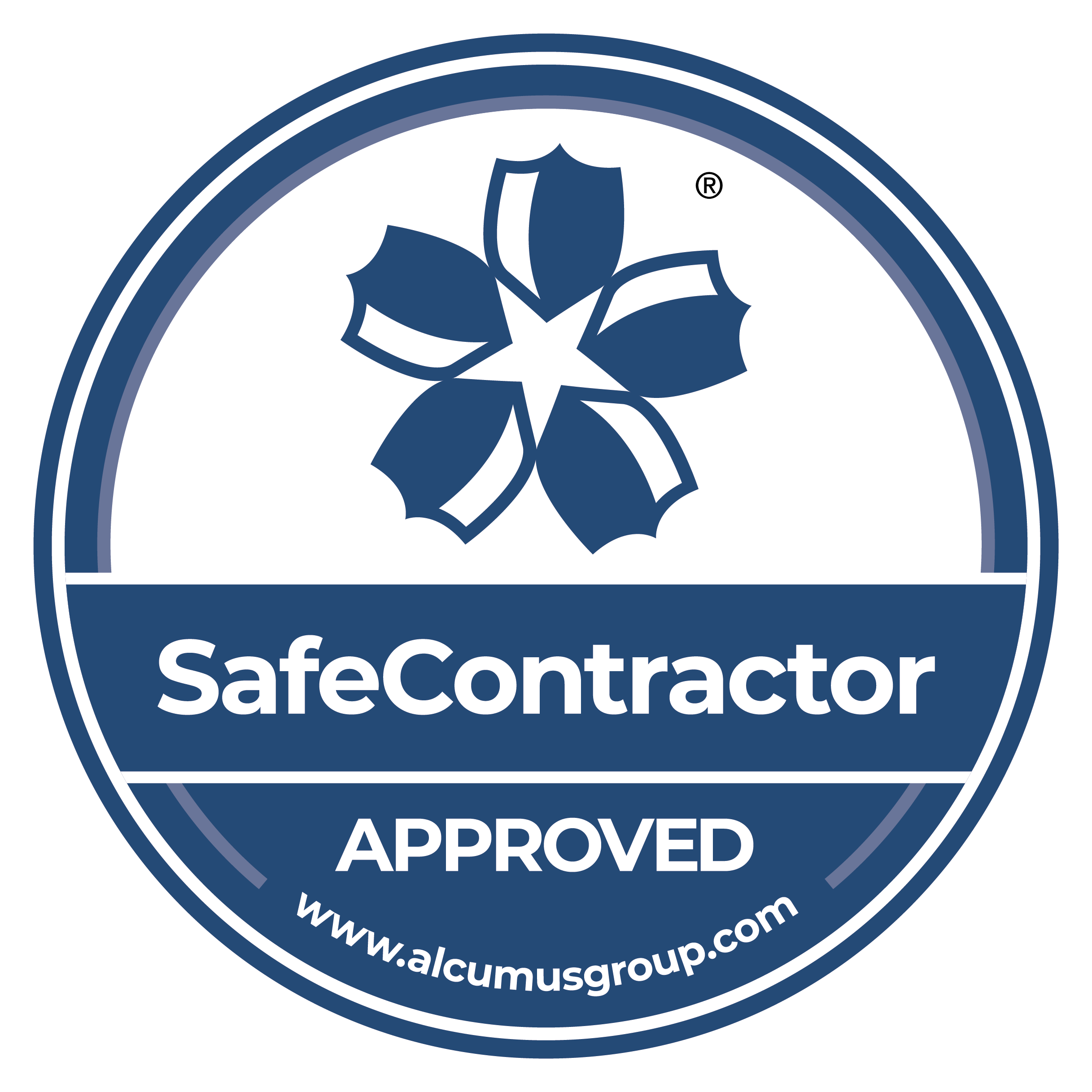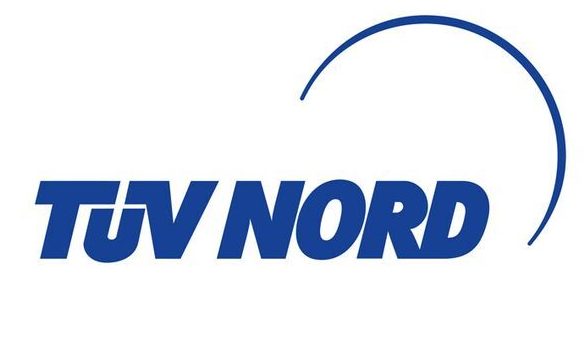Evacuation should be more than a tick-box exercise
For all businesses, workplace safety should be of high priority. However, for companies who employ wheelchair users and mobility-impaired individuals, extra precautions need to be taken to ensure risk levels are reduced when evacuating in an emergency.
Within any organisation the responsibility to ensure the availability of evacuation chairs for those who are mobility-impaired is paramount. However, the emphasis on practical training of the equipment is often underestimated. Whilst the emergence of a new trend of online training is being hailed as an innovative step towards the overall development of emergency evacuation, emergency specialists Evac+Chair International advise that simply relying on online tuition and dismissing physical training altogether could potentially pose the biggest threat for the mobility-impaired and wheelchair users. Having the correct equipment to support evacuations is not the only consideration; equipment must be supported by regular practical training and a robust Personal Emergency Evacuation Plan (PEEP) to comply with fire safety legislation.
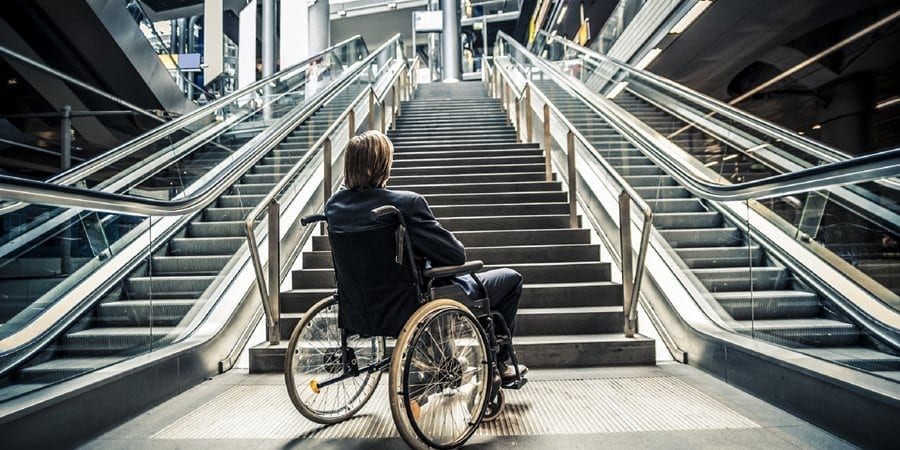
The consequences of adopting online training in favour of practical training pose a huge risk to the safety of not only the individual who is in need of assistance but also the handler who is operating the evacuation chair. The Regulatory Reform (Fire Safety Order) 2005 outlines that the onus for ensuring evacuation of a premises lies with the designated Responsible Person within that organisation. As a result, a principle of prevention needs to be implemented in order to meet legal obligations; this involves avoiding risks and giving appropriate instruction to employees. Part of being prepared would involve practical training with an evacuation chair so that in the unfortunate event that a premises does need to be evacuated, those in charge of operating the chairs know exactly what to do without hesitation.
Both manufacturers and indeed suppliers have a duty to communicate the importance of undertaking proper practical training. With companies looking for guidance when purchasing the equipment, the significance of correct training is an issue that providers of evacuation equipment need to adopt a firm stance. As a consequence, employers who neglect proper evacuation measures for employees, visitors and the mobility-impaired whether long-term or temporary, can be found guilty of failing to provide a duty of care if a fatality occurs. Emergency scenarios can’t be predicted, but they can be planned for and employers are advised to comply with health and safety regulations by implementing comprehensive evacuation policy and training.
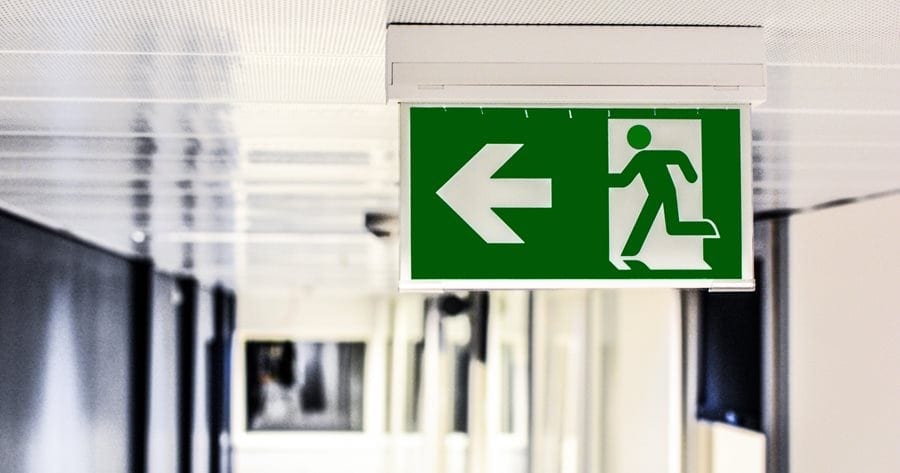
The development of Personal Emergency Evacuation Plans (PEEPs) is also a vital procedure to safeguard the short-term and long-term mobility-impaired, including pregnancy, asthma sufferers, and people with heart conditions or temporary injuries. The PEEP explains the method of evacuation to be used by a mobility-impaired person in each area of a building. Employers must, therefore, conduct regular training to fully understand the extent of each individual’s PEEP. Identifying relevant escape routes and refuge areas (where the mobility-impaired can await assistance from elected individuals) are essential components of these plans. However, PEEPs become meaningless if the individuals concerned are not regularly consulted. In order to ensure specific evacuation requirements become second nature, changes in circumstances should be reviewed and accounted for. Therefore, evacuation drills and practical training must be at the forefront of employee safety. Unfortunately, many individuals may not be aware that a PEEP is required, highlighting the need for company policy surrounding evacuation planning to be clear.
However, becoming fully aware of the necessary evacuation requirements doesn’t come without a combination of comprehensive training and practice. Unless all staff are fully aware of the necessary requirements, which can only become routine as a result of regularly updated PEEPs and drills, evacuation equipment may not serve its purpose in the event of an emergency.
For many companies, buying evacuation products is merely a box-ticking exercise and enables organisations to comply with certain legislation. However, businesses need to address evacuation procedures and policies long before an emergency situation occurs, and practice and familiarity provide the foundations of successful evacuation. Although emergency planning requires close management, businesses can not afford to let it slip down their list of priorities.












